From timeless classics to contemporary designs, your engagement ring should be an emblem of everlasting love. The Cathedral and Tiffany settings are two popular options to consider; each boasting its own unique aesthetic and characteristics for that extra special sparkle.
The Main Difference: Striking a magnificent silhouette, the two-tiered cathedral setting boasts an arch design that lifts the center diamond to great heights, while solitaire-style Tiffany settings draw the eye with their sturdy four or six prongs. Whichever you choose, your center diamond will be shimmering in the spotlight.
Table of Contents
Cathedral vs Tiffany Setting: Overview
Cathedral Setting
The cathedral setting is a striking choice for your engagement or other special occasion rings. Featuring an exquisite arch or raised shoulders that cradle the diamond or gemstone, it creates an alluring and eye-catching look. It radiates brilliance, catching the light with incomparable sparkle. The detailed patterns of its intricate prongs, bezel, or tension settings lend sophistication to the ring.
Pros:
- The cathedral setting provides excellent security and stability for the center stone, reducing the risk of it getting loose or falling out.
- It enhances the brilliance and light performance of the diamond or gemstone, making it appear more dazzling and radiant.
- The arches or raised shoulders add a visually appealing element to the ring, giving it a unique and sophisticated look.
- It can complement various diamond shapes and sizes, allowing for versatility in design.
Cons:
- The arches or raised shoulders may require extra care and attention to ensure that they do not catch on clothing or objects.
- It may be more difficult to clean the ring thoroughly due to the intricate design of the setting.
- The additional metal used in the cathedral setting may increase the overall cost of the ring.
Tiffany Setting
Experience the timeless allure of the Tiffany Setting. Since 1886, this classic solitaire setting has been renowned for its superior craftsmanship and effortless elegance. Featuring six or four prongs resting cleanly against the diamond’s girdle, and tips catching glints of light, it creates an effect of the stone indeed floating above its delicate knife-edge band. With equidistant prongs set around the gem, their gap reveals the culet for a truly captivating result.
Pros:
- Timeless and classic design that never goes out of style
- Maximum light reflection and brilliance due to the exposed diamond
- Versatile and can showcase diamonds of various shapes and sizes
- The Tiffany Setting is a well-recognized and prestigious choice
Cons:
- The exposed diamond can be more prone to damage and snagging on clothing
- The prongs may require occasional maintenance and tightening
- The Tiffany Setting can be more expensive compared to other engagement ring settings
Also Read: Solitaire vs Pave Setting
Cathedral vs Tiffany Setting: Differences
Design and Style
The Cathedral Setting is a classic and sophisticated option that is characterized by an arched metal band supporting the centerpiece, reminiscent of majestic cathedral architecture. The ring is secured firmly, perfect for those leading a dynamic lifestyle.
Alternatively, the Tiffany Setting presents a simple yet timeless design with its signature six prongs holding the gemstone securely, resulting in improved visibility and light reflection. Both these styles exude elegance and elegance and provide a lavish homage to your devoted love.
Diamond Display
The cathedral setting is a marvel of elegance and sophistication—its intricate design enables the diamond to be seen from any angle. Its raised arches on either side adorn the diamond with unparalleled sparkle and brilliance, making it the focal point of admiration.
On the other hand, Tiffany’s setting simply captivates with its timeless beauty and simplicity. The prong securely anchors the diamond in place as its incomparable radiance draws everyone’s gaze.
Durability
The structural integrity of both cathedral and Tiffany settings can be influenced by a few elements, including prong placement, metal choice, and stone size/shape. Prongs that are improperly placed or too thin may lead to bending or breakage, making platinum the most suitable option due to its superior strength and durability. Larger stones typically bring about additional pressure on the prongs, raising the likelihood of wear and tear over time.
Security
The cathedral setting makes a safe home for your precious centerstone with its raised shoulders or arches that form a secure ‘cathedral’. Its durability reduces the risk of accidental damage or slipping and provides excellent stability.
The Tiffany setting showcases six prongs that firmly grip the diamond, exuding class and finesse. Crafted skillfully, it ensures the stone is held tight while allowing maximum light to pass through, showcasing its dazzling brilliance.
Cost
Tiffany’s luxurious branding and exclusivity come with a hefty price tag; their settings rank among the most expensive on the market. Even without factoring in the diamond, Tiffany rings are hard to beat in terms of cost. To compare prices between Tiffany and cathedral settings, use stones of similar quality. Adding pave diamonds further increases the glitter and the total carat weight of the setting, as well as its price. So prepare to invest if you wish to sport Tiffany for your special occasion.
Cathedral or Tiffany: Which Setting is Right For You?
In selecting the ideal setting for your engagement ring or other pieces of jewelry, compare the unique qualities of solitaire and pavè settings. Both offer dazzling visuals that can contribute to the overall brilliance and sparkle of your ring. For a larger center diamond that will take center stage, consider a solitaire setting.
On the other hand, if you wish to add extra carat weight throughout the ring, opt for a pavé setting. Furthermore, if you’re looking for a captivating style that will mesmerize onlookers, consider accentuating the center diamond with an enchanting array of pavè diamonds.
Whichever option you choose, make sure it reflects your individual aesthetic and celebrates the beauty of your special moments.
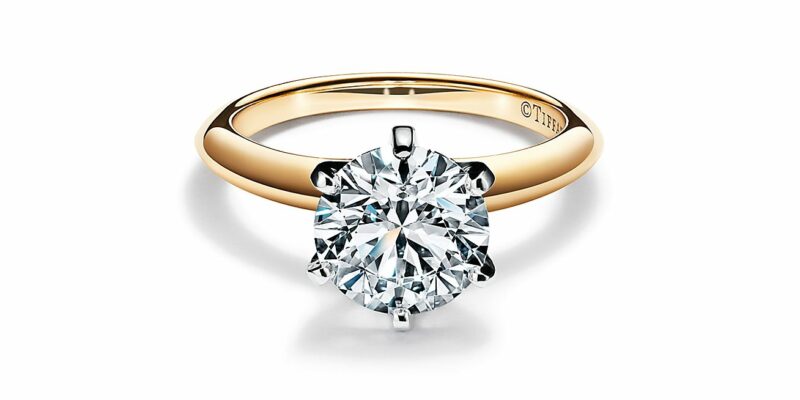
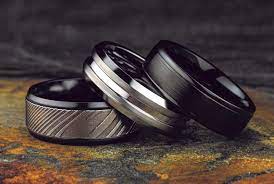
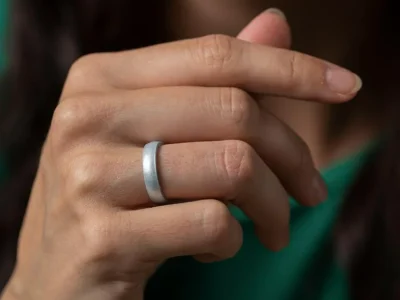
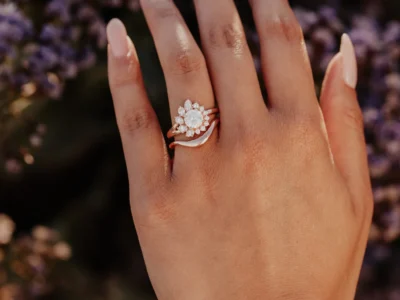
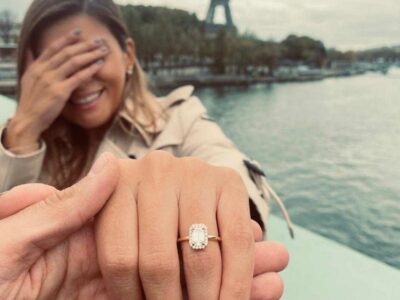


Comments